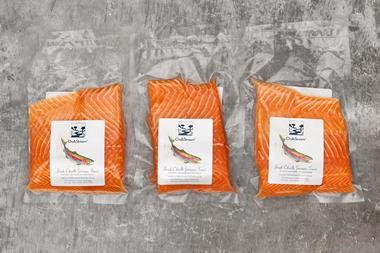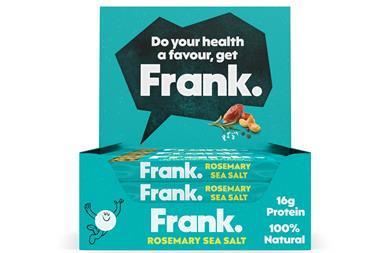Manufacturers and retailers agree on the main reason for the squeeze on own label products: increased promotional activity among the big-name brands. Heavy promotions of premium brands on the base product  for example, bogofs, such as the ubiquitous Duracell AA 4 + 4 free  have managed to reach the affordable opening price point, whereas the own labels have not. So share of the own label market has fallen significantly.
"Own label is in decline in the total market," says Paul Fildes, senior key account manager at Varta. "Most grocery multiples' own labels have shown dramatic decline over the past year as EDLP strategies at Tesco and Asda have kept branded prices low so the price differential was too small to make a difference. Also, high:low strategies by the other multiples have added to this trend  boosting multipack purchasing of branded batteries."
Jon Martin, senior brand manager for Pifco, adds: "Although there has been growth in this area over recent years, consumers have become confused as a result of the increased choice." Paul Hunt, sales and marketing director for Rayovac, also believes that the decline is partially due to retailers themselves cutting back on the cheaper products where own labels have traditionally been strong. "Many grocery retailers have converted to branded zinc or dropped zinc altogether," he says.
Retailers put the decline down to consumers' growing preference for the reassurance of big name brands. Despite this, own labels continue to maintain a fairly high profile in the top 10 tables, with Tesco and Wilkinsons own labels in the top 10 ahead of secondary brands such as Rayovac and Asda, and Sainsbury and Boots in the bottom three positions.
{{FOCUS ON }}
"Own label is in decline in the total market," says Paul Fildes, senior key account manager at Varta. "Most grocery multiples' own labels have shown dramatic decline over the past year as EDLP strategies at Tesco and Asda have kept branded prices low so the price differential was too small to make a difference. Also, high:low strategies by the other multiples have added to this trend  boosting multipack purchasing of branded batteries."
Jon Martin, senior brand manager for Pifco, adds: "Although there has been growth in this area over recent years, consumers have become confused as a result of the increased choice." Paul Hunt, sales and marketing director for Rayovac, also believes that the decline is partially due to retailers themselves cutting back on the cheaper products where own labels have traditionally been strong. "Many grocery retailers have converted to branded zinc or dropped zinc altogether," he says.
Retailers put the decline down to consumers' growing preference for the reassurance of big name brands. Despite this, own labels continue to maintain a fairly high profile in the top 10 tables, with Tesco and Wilkinsons own labels in the top 10 ahead of secondary brands such as Rayovac and Asda, and Sainsbury and Boots in the bottom three positions.
{{FOCUS ON }}

















No comments yet